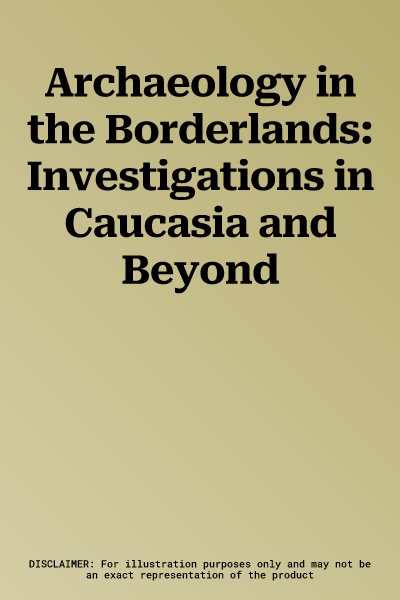Archaeology in the Borderlands: Investigations in Caucasia and BeyondPaperback, 1 February 2004

Qty
1
Turbo
Ships in 2 - 3 days
In Stock
Free Delivery
Cash on Delivery
15 Days
Free Returns
Secure Checkout

Part of Series
Monographs
Part of Series
Monograph
Part of Series
Monograph (Cotsen)
Part of Series
Cotsen Monograph
Print Length
280 pages
Language
English
Publisher
Cotsen Institute of Archaeology
Date Published
1 Feb 2004
ISBN-10
1931745013
ISBN-13
9781931745017
Description
Product Details
Book Format:
Paperback
Country of Origin:
US
Date Published:
1 February 2004
Dimensions:
27.58 x
21.69 x
1.63 cm
ISBN-10:
1931745013
ISBN-13:
9781931745017
Language:
English
Location:
Los Angeles
Pages:
280
Publisher:
Weight:
793.79 gm